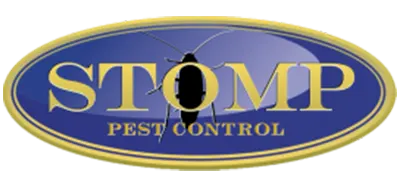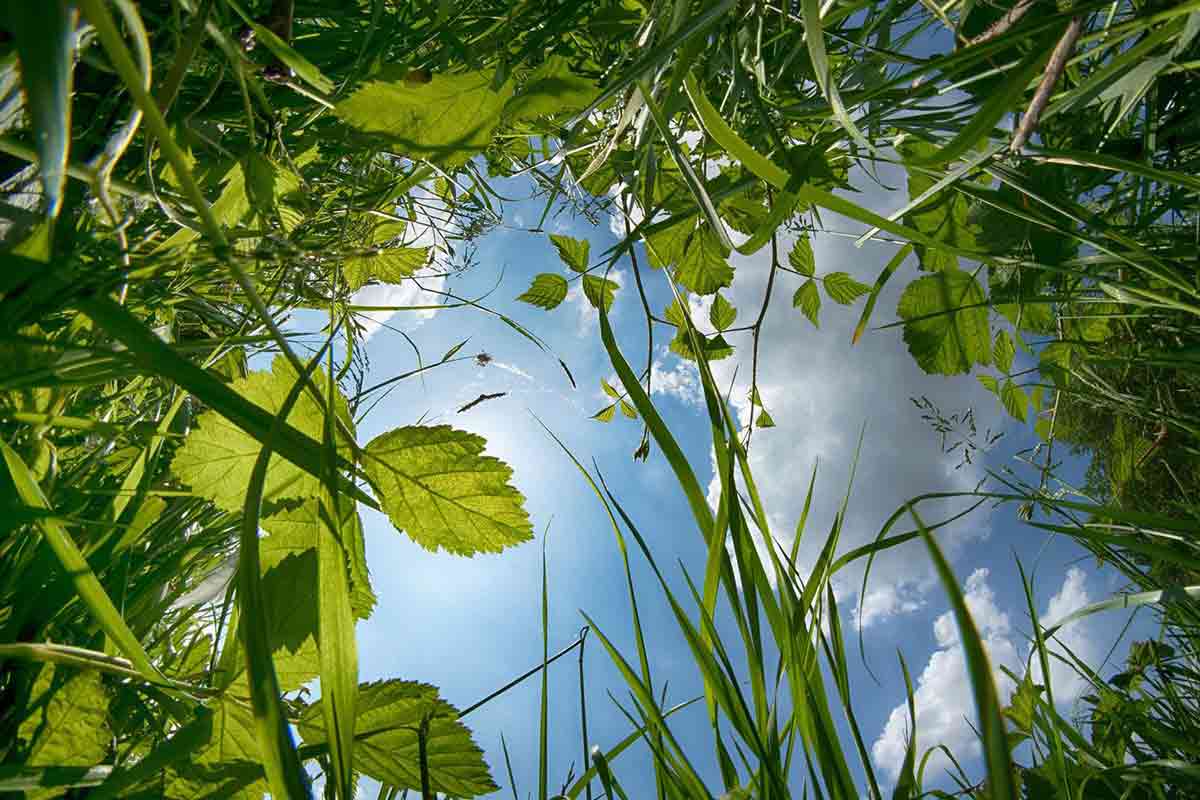Protect Your Home Before Getting Stung
Wasps and bees have an easy time slipping into your home, which creates a sense of anxiety and fear over getting stung. These pests are often seen flying around during the second half of summer and early fall when the colonies search for food to sustain their queens during the winter. Stinging insects like bees, yellow jackets, wasps, hornets and more send more than 500,000 people to the emergency room each year. There’s no joking around when dealing with this type of pest.
Identifying Types of Wasps & Bees
These pests are aggressive in nature and often sting as a way to protect their colonies or larvae from people attempting to remedy an infestation on their own. This aggressiveness combined with their social nature often means that these pests attack in large numbers, stinging a victim repeatedly. This adds potential for greater skin irritation or a serious allergic reaction. Identifying the different type of wasps and bees invading your home increases the effectiveness of treatment services.
Species of Wasps
Species of Bees
Extermination Service in Cary and Surrounding Areas!
Stomp Pest Control continues to service the Cary and surrounding area with our stinging insect control removal treatments. Before facing a potentially dangerous sting, pick up the phone and call us! We can provide an estimate any of our pest control services to better ensure the safety of your home and family.
To receive your free quote, call Stomp Pest Control today at (919) 231-3292 or fill out the form below.

